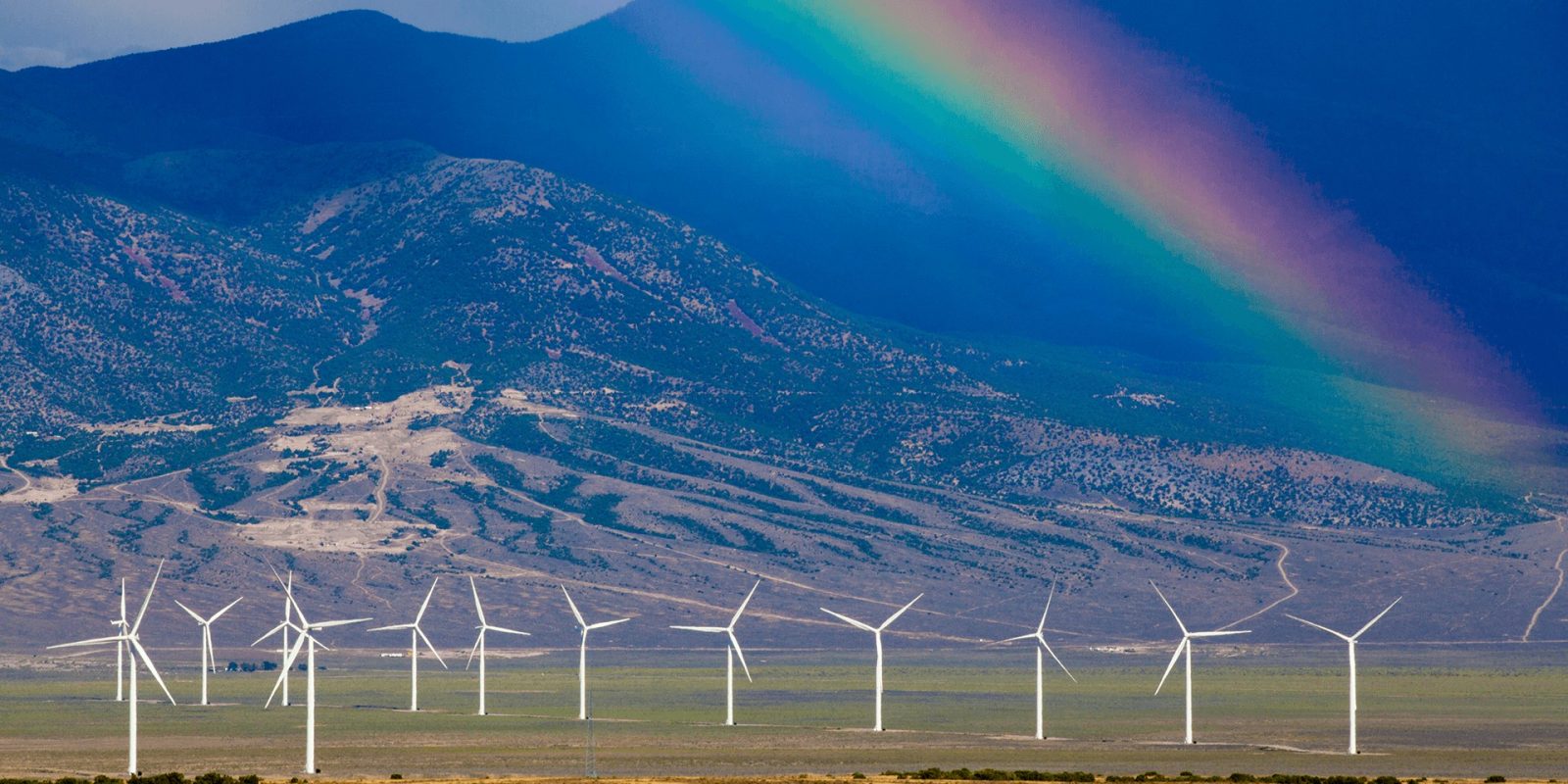
Annual US power generation from wind turbines declined in 2023 for the first time since the mid-1990s – here’s why.
The US saw the addition of 6.2 gigawatts (GW) of new wind capacity last year, but data from the US Energy Information Administration’s “Power Plant Operations Report” show that US wind generation in 2023 totaled 425,235 gigawatt-hours (GWh) – 2.1% less than the 434,297 GWh generated in 2022.
US wind capacity increased steadily over the last several years, more than tripling from 47 GW in 2010 to 147.5 GW at the end of 2023.
Electricity generation from wind turbines also grew steadily, at a similar rate to capacity, until 2023. Last year, the US wind turbine fleet’s average capacity factor – how much energy it’s generating versus what it can produce at continuous full power – fell to an eight-year low of 33.5%, compared with 35.9% in 2022, the all-time high.
The EIA asserts that 2023’s decline indicates that “wind as a generation source is maturing after decades of rapid growth.” It also attributed the drop to slower wind speeds than normal in 2023, especially during the first half of the year, when wind generation dropped by 14% compared with 1H 2022. The El Niño climate pattern, which weakens tradewinds, definitely had a hand in that.
Wind generation from August through December, however, was 2.4% higher than during the same period in 2022. Wind speeds were greater than normal during 2022.
The EIA breaks down regions by census divisions, and there are three census divisions that account for half of the installed wind capacity in the US.
Wind generation decreased the most in the upper Midwest. Wind generation in the East North Central states – Illinois, Indiana, Michigan, Ohio, and Wisconsin – declined by 6% compared with 2022. In the West North Central states – Iowa, Kansas, Minnesota, Missouri, Nebraska, North Dakota, and South Dakota – it dropped by 8%.
The Mountain Census states – Arizona, Colorado, Idaho, Montana, Nevada, New Mexico, Utah and Wyoming – reported a smaller reduction of 2%.
Three census areas saw growth: West South Central had 3% more wind generation in 2023, and the Pacific Coast had 1% more. Wind generation in Texas, with the US’s largest wind generation fleet at 40.7 GW, increased by 4.4% in 2023. Texas’s installed wind capacity account for 28% of the national total.
Read more: Nevada put big battery energy storage where a coal plant used to be
To limit power outages and make your home more resilient, consider going solar with a battery storage system. In order to find a trusted, reliable solar installer near you that offers competitive pricing, check out EnergySage, a free service that makes it easy for you to go solar. They have hundreds of pre-vetted solar installers competing for your business, ensuring you get high quality solutions and save 20-30% compared to going it alone. Plus, it’s free to use and you won’t get sales calls until you select an installer and you share your phone number with them.
Your personalized solar quotes are easy to compare online and you’ll get access to unbiased Energy Advisers to help you every step of the way. Get started here. – ad*
